Standing in a coastal wetland today feels like witnessing time itself slow down. The skeletal remains of once-mighty forests pierce through salt marshes like ancient monuments, their bleached trunks telling a story more dramatic than any fiction. These eerie landscapes, known as ghost forests, represent one of the most visible signs of climate change across America’s coastlines.
Scientists call ghost forests “the most striking indicator of climate change we have anywhere on the East Coast”, and they’re spreading at an alarming rate. From Maine to Florida, coastal woodlands are suffering major losses from saltwater intrusion as rising seas push further inland than ever before. What makes these forests particularly haunting is their rapid transformation – some habitats are changing so fast that the dead trees haven’t had time to fall over.
Blackwater National Wildlife Refuge, Maryland: The Crown Jewel of Ghost Forests
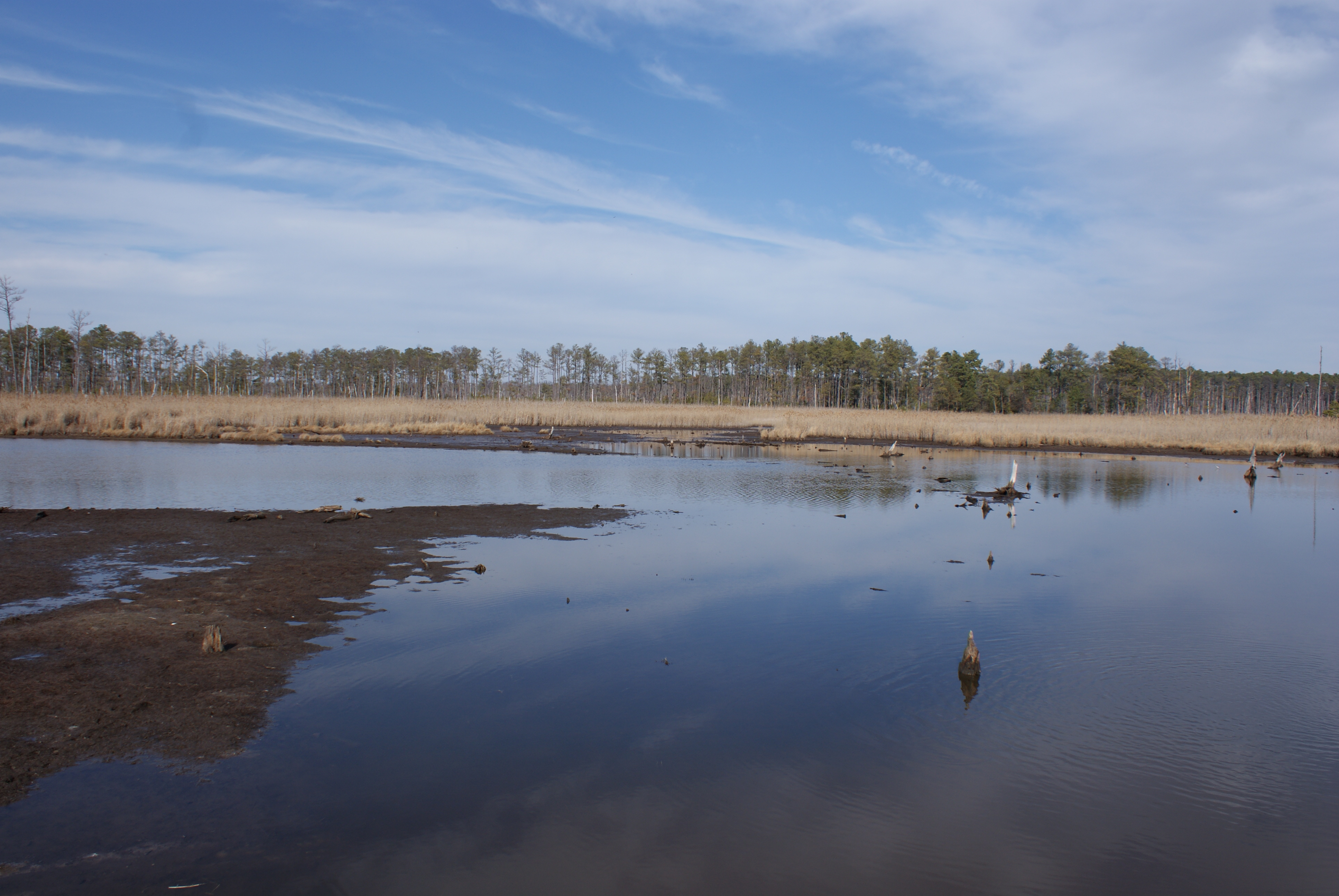
Deep in Maryland’s Eastern Shore lies what might be America’s most extensive ghost forest. Blackwater National Wildlife Refuge has become a research hotspot, where scientists make regular pilgrimages to study how saltwater transforms living forests into haunting landscapes.
At Blackwater, stands of dead trees resemble “fleets of ship masts slanted along the water’s edge,” with needles long fallen and bark completely sloughed off. The refuge has lost staggering amounts of forest cover – if the District of Columbia were nine times larger, it still wouldn’t equal the area of forests lost to saltwater intrusion along Maryland’s coasts in the past decade alone.
Alligator River National Wildlife Refuge, North Carolina: Death by Drought and Hurricane
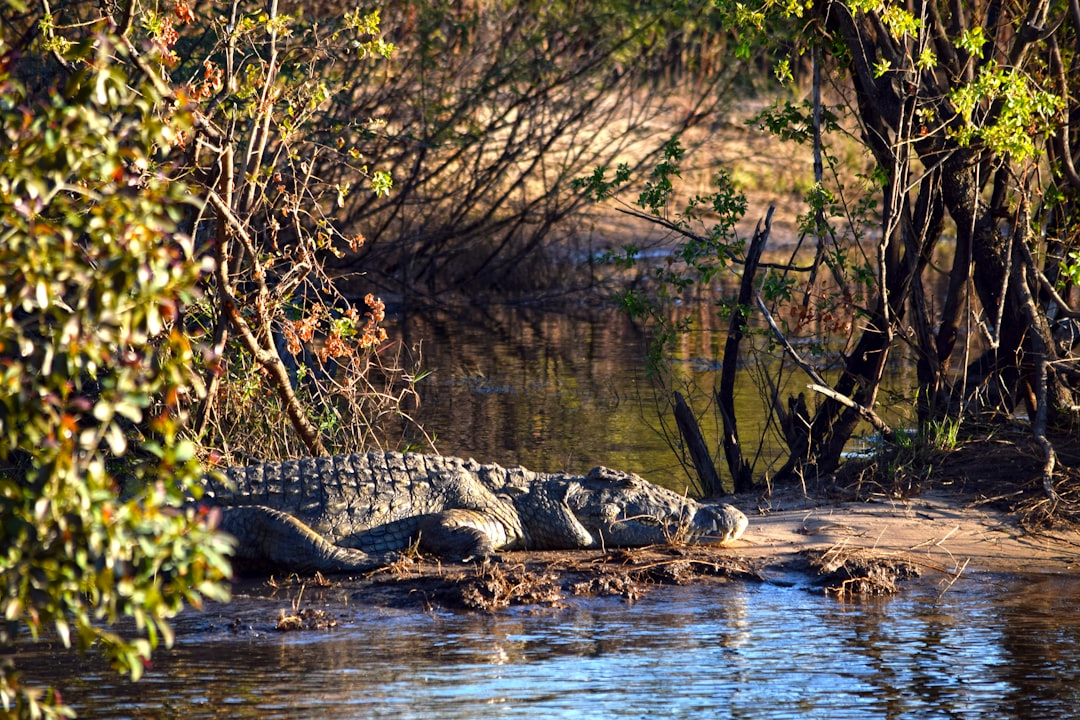
More than ten percent of forested wetland within the Alligator River National Wildlife Refuge was lost over the past 35 years, despite being federally protected land with no other human activity that could be killing off the forest. This massive die-off shows just how powerless even our best conservation efforts can be against rising seas.
What makes Alligator River particularly fascinating is how climate extremes accelerate the dying process. The largest annual loss of forest cover occurred in 2012, following extreme drought and Hurricane Irene in 2011, which reduced river flow and allowed saltwater to flow upstream through irrigation canals.
Chesapeake Bay Region: A Spreading Epidemic

The Chesapeake Bay region tells perhaps the most dramatic story of forest transformation. Over 100,000 acres of forest and farmland have become wetlands in the Chesapeake region since the late 19th century, creating some of the most extensive ghost forests in America.
Scientists predict another 300,000 to 500,000 acres of ghost forests will develop in the region by 2100. The bay’s relatively flat topography makes it especially vulnerable – even subtle elevation differences of just tens of centimeters determine whether trees live or die, with many more dead trees found at lower elevations where saltwater intrudes.
Virginia’s Eastern Shore: Where Salt Wins the Battle
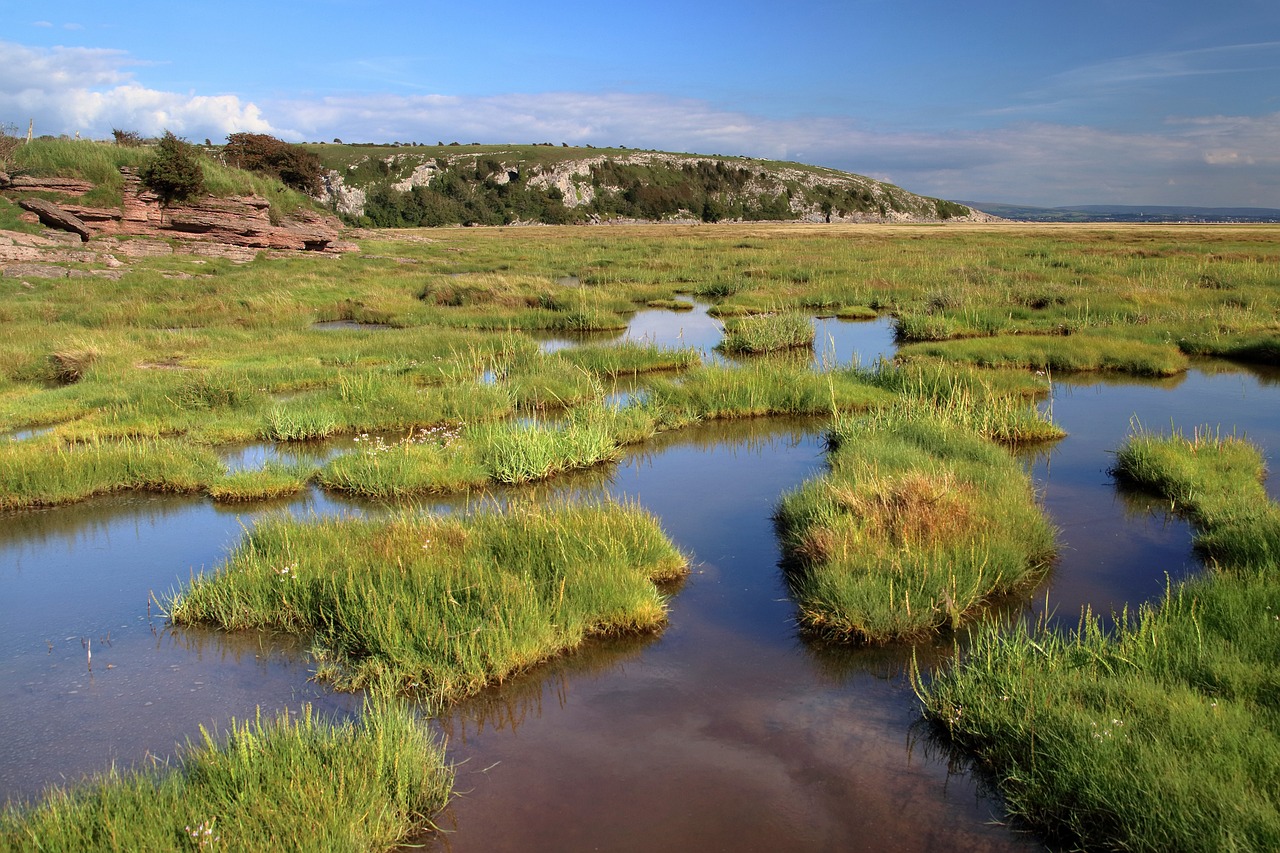
Virginia’s coastal forests face a double threat from both ocean-driven salt intrusion and land subsidence. Roughly 150 square miles of uplands in the Chesapeake Bay region have converted to tidal marsh since the mid-1800s, with Virginia’s Eastern Shore bearing much of this transformation.
The combination of standing water and salt creates a deadly cocktail – while some tree species can grow in standing water, none can tolerate much salt, making the process much more devastating than flooding alone.
Delaware Bay’s Vanishing Forests
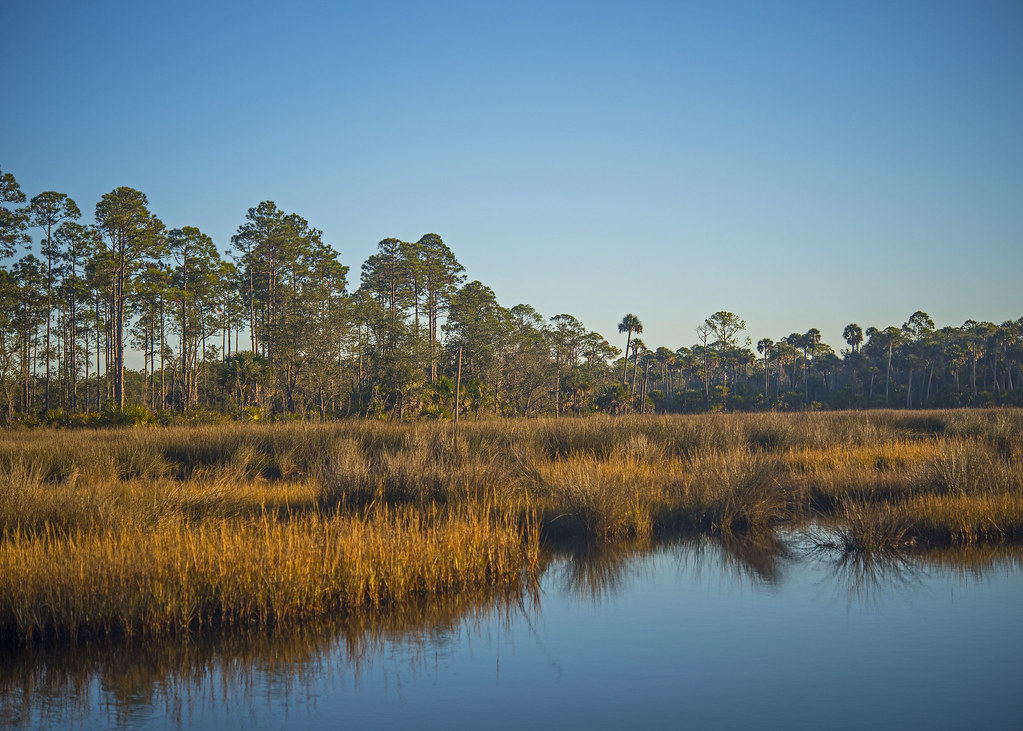
Massive stands of silvery trees rise skeletally out of saltwater marshes at the edges of the Delaware Bay, forming a significant part of Delaware’s coastline transformation. These forests represent some of the northernmost examples of large-scale ghost forest development.
In the Delaware Bay, forests are giving way to saltwater marshes, many of which become filled with invasive common reed. This creates a cascade effect where not only do trees die, but the replacement ecosystem often provides fewer benefits than the original forest.
New Jersey Pine Barrens: Ancient Forests Under Siege
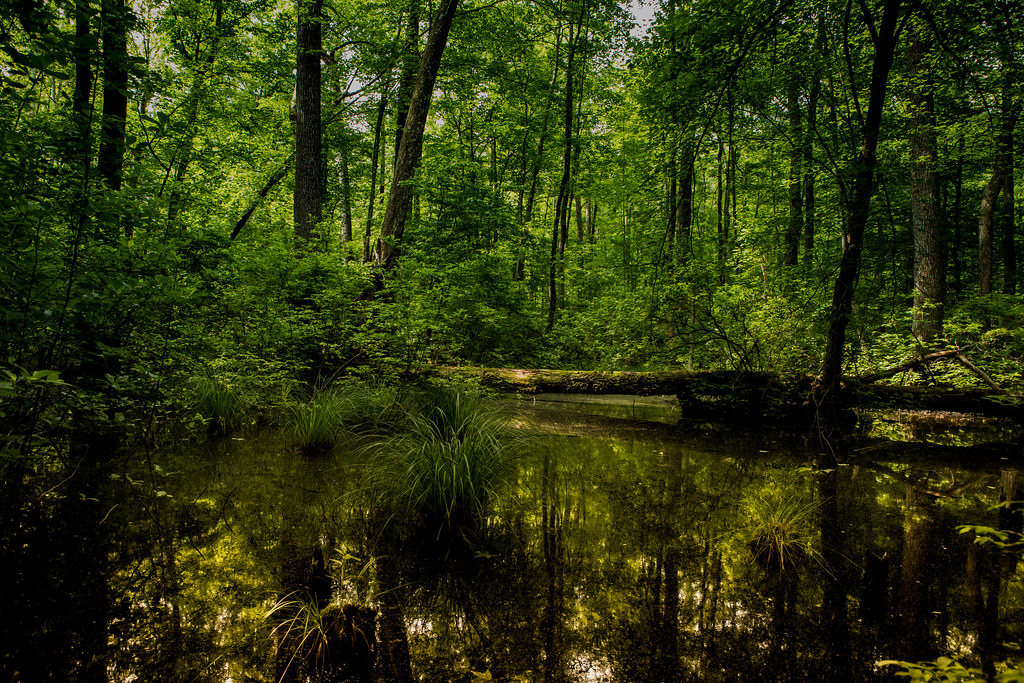
New Jersey’s coastal forests face unique challenges as saltwater creeps inland through the state’s extensive river systems. The New Jersey Department of Environmental Protection is working to combat the transition of Atlantic White Cedar forests by seeding these trees further inland, working to restore significant acreage.
The state recognizes the urgency of the situation, declaring that “today, our cedar resource is at a tipping point” and advocating for “ecosystem restoration through attention and forest management” rather than letting this unique ecosystem “be whittled away to meaninglessness”.
Old House Woods, Virginia: Where Legends Meet Reality
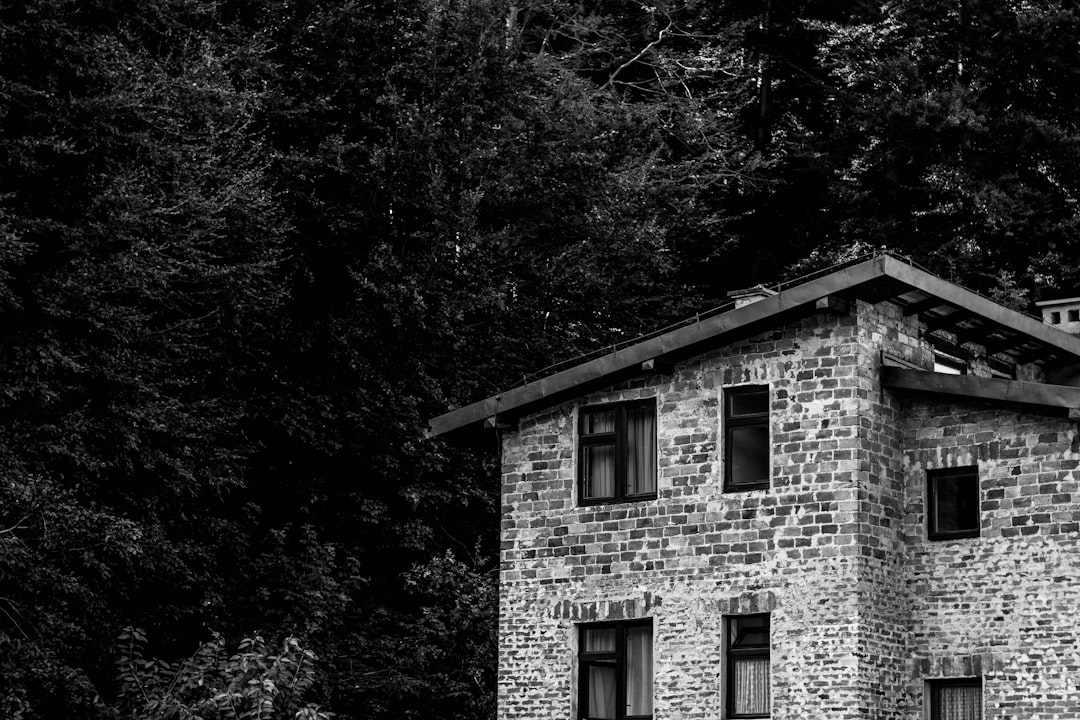
In eastern Mathews County near Diggs sits “Old House Woods,” probably one of the most haunted places in Virginia according to local legends, but now home to a different kind of ghost story – the tale of ghost forests. This area perfectly illustrates how climate change creates new kinds of haunting landscapes.
The impact on forest landowners is commonly overlooked – many affected areas are privately owned lands passed down through generations, no longer suitable for development due to wetland regulations, making timber harvest difficult due to saturated soils.
The Seasonal Dance of Death and Renewal
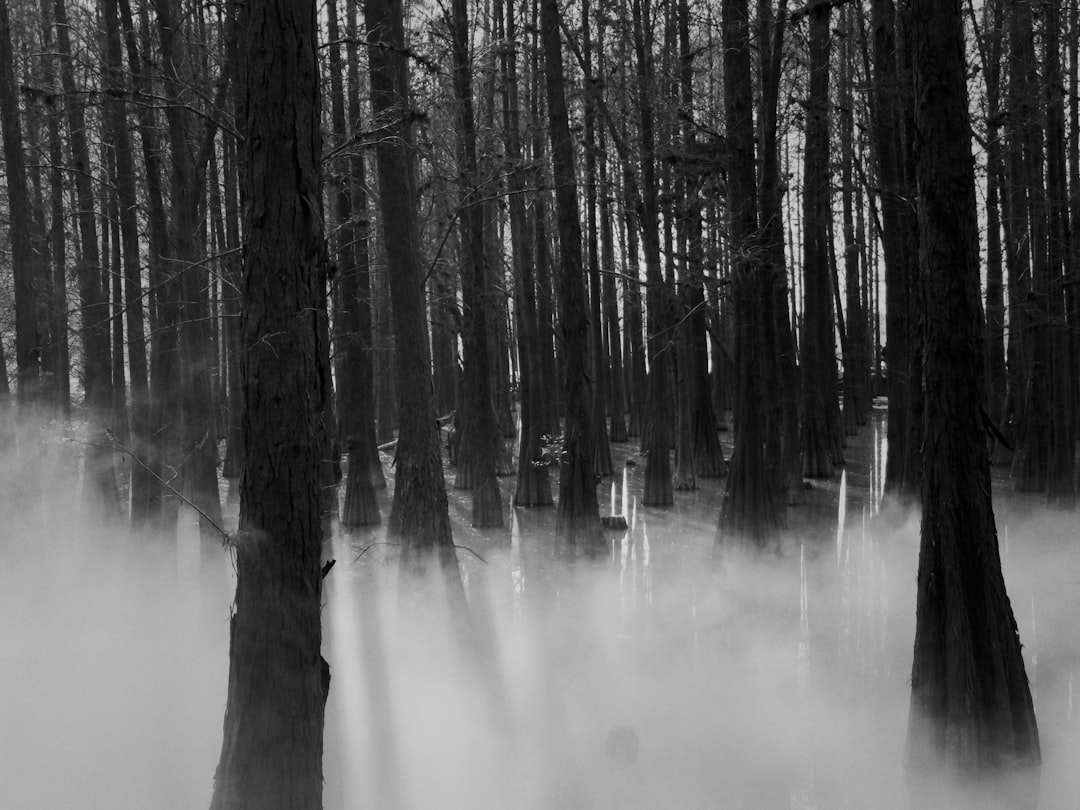
Understanding seasonal turnover helps explain why ghost forests develop and how they affect surrounding ecosystems. During the growing season in summer and early fall, wetland plants take up large quantities of nutrients from water and sediment, essentially converting the wetland into a “nutrient sink”.
However, when these plants die, a large portion of nutrients return to the water and sediment from decaying plant material, turning wetlands into nutrient sources during late fall and early spring. This seasonal cycling becomes disrupted in ghost forests, where prolonged periods of iron release during summer and fall indicate that chemistry becomes dominated by anaerobic processes, with seasonal release of nutrients attributed to reductive dissolution when oxygen becomes depleted.
Oxygen’s Disappearing Act
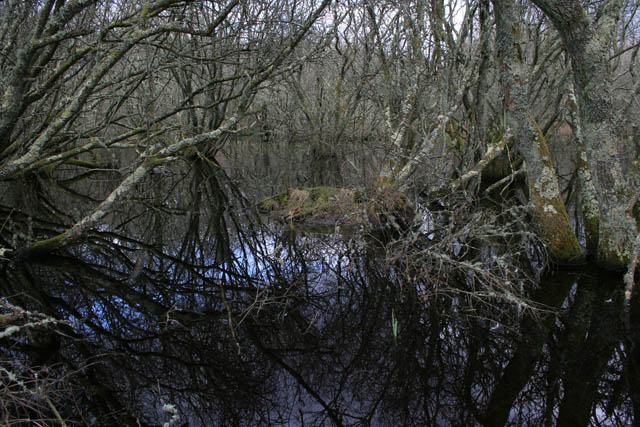
The rate of oxygen loss in flooded soils varies depending on temperature and microbial respiration, with anaerobic conditions having tremendous impact on biogeochemistry and important implications for carbon, nitrogen, phosphorus, iron, manganese, and sulfur transformations.
In ghost forests, wetland processes are affected by the presence or absence of oxygen, season, temperature, and water retention time, with denitrification processes being temperature-dependent and higher rates occurring during higher temperatures when bacteria are more active. This creates a feedback loop where warmer conditions accelerate the very processes that make areas uninhabitable for trees.
The Silver Lining in a Dying Forest
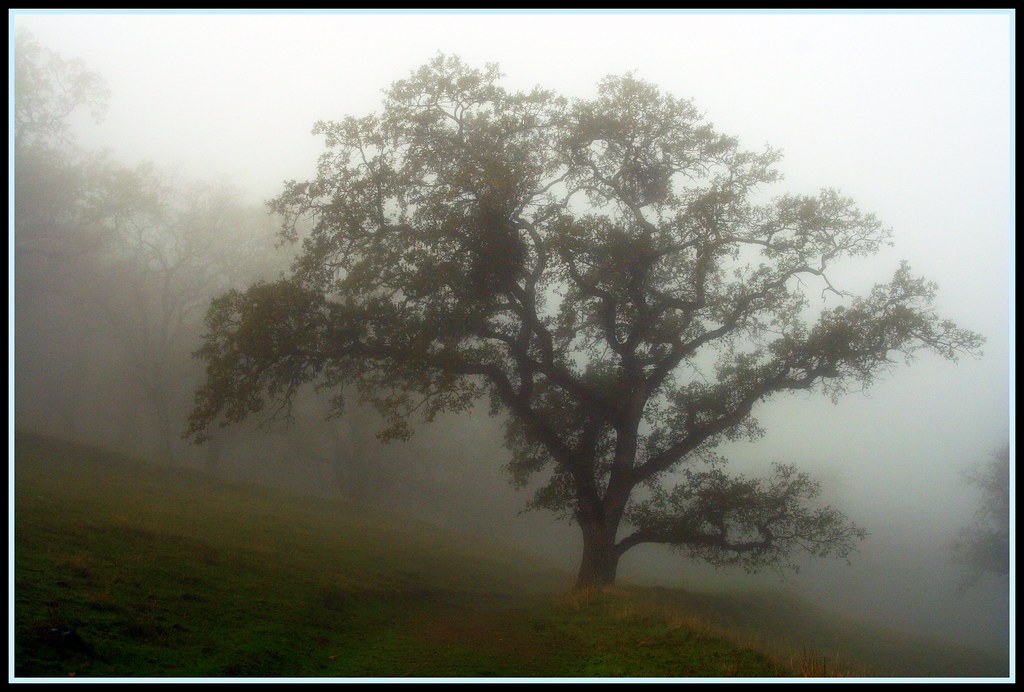
Not all scientists view ghost forests as purely negative. Although ghost forest development signals climate change and land loss is tragic from a human perspective, the transition also demonstrates ecological resiliency, as coastal forests convert to salt marshes rather than disappearing entirely.
Salt marshes sequester carbon, provide habitat for wildlife species, and improve water quality. However, not all salt marshes can replace a forest’s carbon storage capacity, with some North Carolina forests storing more carbon than the wetlands beginning to overtake them.
Conclusion
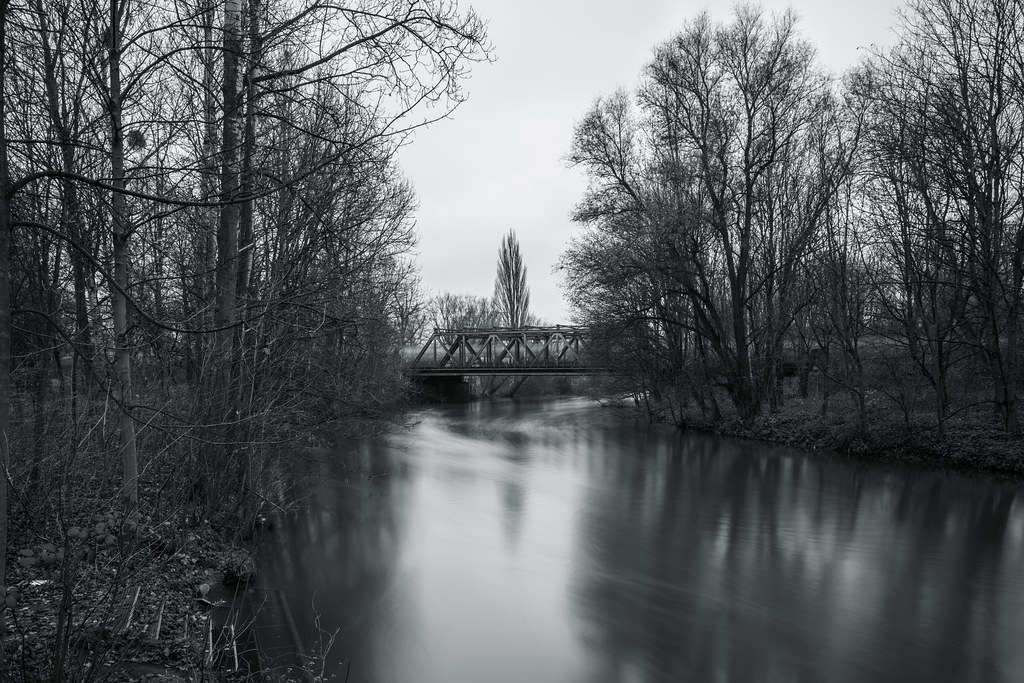
These seven examples of American ghost forests represent more than just dying trees – they’re harbingers of a rapidly changing world. Each skeletal forest tells the same story: seas are rising faster than trees can adapt, salt is winning battles that freshwater fought for centuries, and entire ecosystems are transforming before our eyes.
Yet within this transformation lies a complex tale of ecological adaptation and resilience. While we mourn the loss of these ancient forests, we’re also witnessing nature’s attempt to create new ecosystems that can survive in our changing climate. The question isn’t whether these changes will continue – they will. The question is whether the new ecosystems replacing our ghost forests can provide the same benefits we’ve relied on for generations. What do you think about this dramatic transformation of America’s coastlines?

Linnea is a born and bred Swede but spends as much time as possible in Cape Town, South Africa. This is mainly due to Cape Town’s extraordinary scenery, wildlife, and atmosphere (in other words, because Cape Town is heaven on earth.) That being said, Sweden’s majestic forests forever hold a special place in her heart. Linnea spends as much time as she can close to the ocean collecting sea shells or in the park admiring puppies.




